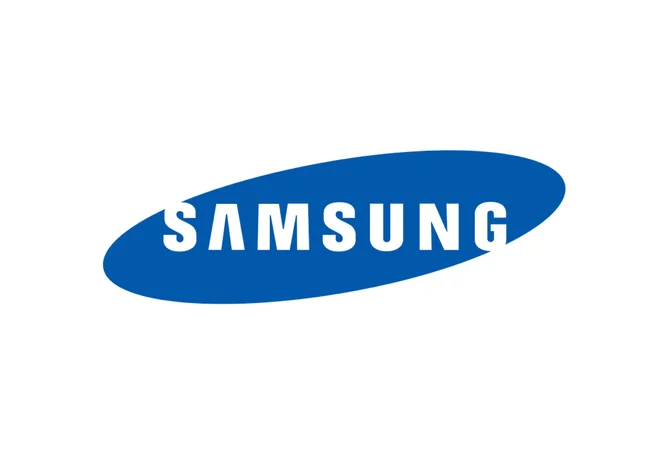Samsung, a global technology leader, has strategically utilized mergers and acquisitions (M&A) to diversify its portfolio, enhance technological capabilities, and enter new markets. Below is an overview of some of Samsung’s notable M&A activities, including the strategic decisions behind them and their outcomes.
- Harman International Industries (2017): Acquired for $8 billion, this move strengthened Samsung’s position in the automotive and connected technologies sectors.
- SmartThings (2014): This acquisition allowed Samsung to enter the home automation market, enhancing its Internet of Things (IoT) offerings.
- LoopPay (2015): By acquiring LoopPay, Samsung entered the mobile payments market, leading to the development of Samsung Pay.
- Viv Labs (2016): This acquisition bolstered Samsung’s artificial intelligence capabilities, contributing to the development of its virtual assistant, Bixby.
- TeleWorld Solutions (2020): Acquiring this network services provider helped Samsung accelerate 5G network expansion in the U.S.
- Zhilabs (2018): This acquisition expanded Samsung’s AI-based automation in its 5G portfolio.
- NeuroLogica (2013): Entering the medical imaging market, this acquisition diversified Samsung’s business into healthcare technology.
- Grandis Inc. (2011): This acquisition aimed to advance Samsung’s memory technology, particularly in spin-transfer torque random access memory (MRAM).
- Tachyon (2016): Acquiring this enterprise mobile device configuration and development software enhanced Samsung’s enterprise mobile solutions.
- Oxford Semantic Technologies (2024): This recent acquisition focuses on advanced AI applications, particularly in knowledge graph technology, to enhance personalization in AI applications.
Recent Years
In 2023 and 2024, Samsung has shown a renewed focus on mergers and acquisitions to strengthen its technological leadership. In 2023, Samsung Display completed the acquisition of eMagin, a company specializing in OLED microdisplays, aiming to enhance its display technology offerings, particularly for virtual and augmented reality applications.
In 2024, Samsung agreed to acquire Oxford Semantic Technologies, a British startup specializing in knowledge graph technology for advanced AI applications. This acquisition is expected to enhance the personalization of AI applications, including on-device AI for Samsung smartphones.
Additionally, reports in 2024 indicate that Samsung has shown interest in Nokia’s mobile networks assets, potentially valued at up to $10 billion, as part of its strategy to expand its presence in radio access networks.
These recent activities reflect Samsung’s strategic focus on AI, digital health, fintech, robotics, and vehicle components, aiming to secure new growth engines and maintain its competitive edge in the rapidly evolving technology landscape.
Strategic Decisions and Reasoning
Samsung’s M&A activities have been driven by several strategic objectives:
- Diversification: Entering new industries such as automotive electronics and medical technology to reduce dependence on traditional consumer electronics.
- Technological Advancement: Acquiring companies with innovative technologies to enhance Samsung’s product offerings and maintain a competitive edge.
- Market Expansion: Gaining access to new markets and customer bases through strategic acquisitions.
Successes and Challenges
Many of Samsung’s acquisitions have been successful in achieving strategic goals, such as the integration of Harman International, which strengthened Samsung’s presence in the automotive industry. However, some acquisitions have faced challenges. For instance, the acquisition of AST Research in 1995 aimed to penetrate the North American computer market but was unsuccessful due to staff resignations and financial losses.
Overall, Samsung’s M&A strategy reflects a deliberate approach to growth and innovation, leveraging acquisitions to adapt to changing market dynamics and technological advancements.

